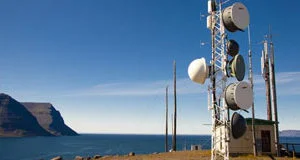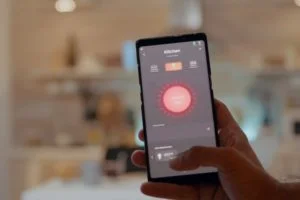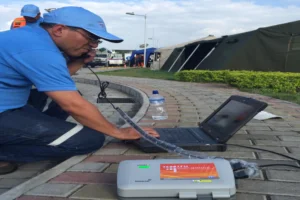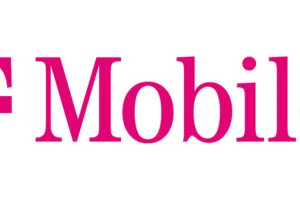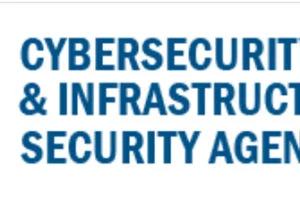CISA Should Assess the Effectiveness of its Actions to Support the Communications Sector

The Communications Sector is an integral component of the U.S. economy and faces serious physical, cyber-related, and human threats that could affect the operations of local, regional, and national level networks, according to the Department of Homeland Security's (DHS) Cybersecurity and Infrastructure Security Agency (CISA) and sector stakeholders.
The communications sector—comprising mostly private broadcast, cable, satellite, wireless, and wired systems and networks—is vital to national security.
The Cybersecurity and Infrastructure Security Agency supports the security and resilience of this sector, primarily through incident management and information-sharing activities. For instance, the agency coordinates federal activities during severe weather events, and manages cybersecurity programs.
However, the agency has not assessed the effectiveness of its programs and services to support this sector. We recommended that it do so.
In addition, CISA determined that the Communications Sector depends on other critical infrastructure sectors—in particular, the Energy, Information Technology, and Transportation Systems Sectors—and that damage, disruption, or destruction to any one of these sectors could severely impact the operations of the Communications Sector.
CISA primarily supports the Communications Sector through incident management and information-sharing activities, such as coordinating federal activities to support the sector during severe weather events and managing cybersecurity programs, but has not assessed the effectiveness of these actions. For example, CISA has not determined which types of infrastructure owners and operators (e.g., large or small telecommunications service providers) may benefit most from CISA's cybersecurity programs and services or may be underrepresented participants in its information-sharing activities and services. By assessing the effectiveness of its programs and services, CISA would be better positioned to identify its highest priorities.
CISA has also not updated the 2015 Communications Sector-Specific Plan, even though DHS guidance recommends that such plans be updated every 4 years. As a result, the current 2015 plan lacks information on new and emerging threats to the Communications Sector, such as security threats to the communications technology supply chain, and disruptions to position, navigation, and timing services. Developing and issuing an updated plan would enable CISA to set goals, objectives, and priorities that address threats and risks to the sector, and help meet its sector risk management agency responsibilities.
GAO is making three recommendations to CISA, including that CISA assess the effectiveness of its support to the Communications Sector, and revise its Communications Sector-Specific Plan. The Department of Homeland Security concurred with the recommendations. The Department of Commerce and the Federal Communications Commission did not provide comments on the draft report.
The Director of CISA should assess the effectiveness of CISA's programs and services to support the Communications Sector, including developing and implementing metrics and analyzing feedback received from owners and operators, to determine the usefulness and relevance of its activities to support sector security and resilience. (Recommendation 1)
The Director of CISA should complete a capability assessment for Emergency Support Function #2, such as establishing requirements, maintaining a list of current capabilities, and conducting a capability gap analysis to identify if and where other resources may be needed. (Recommendation 2)
The Director of CISA, in coordination with public and private Communications Sector stakeholders, should produce a revised Communications Sector-Specific Plan, to include goals, objectives, and priorities that address new and emerging threats and risks to the Communications Sector and that are in alignment with sector risk management agency responsibilities. (Recommendation 3)


